Habsburg Heritage
Habsburg family jewelry, considered lost for over 100 years, to be exhibited publicly; collection to remain in Canada
- Heirs of last Austrian emperor saved family jewelry while fleeing the Nazi regime during the Second World War
- Surviving pieces of jewelry include the famous “Florentine”-diamond and other personal belongings of Empress Maria-Theresia, Queen Marie-Antoinette and Emperor Franz I.
After a century, the last Austrian emperor´s family has announced plans to publicly display its personal jewelry, a collection that has been considered lost for decades. During their escape from persecution by the Nazi regime at the outbreak of the Second World War, members of the Habsburg family, one of the most influential and enduring dynasties of European history, managed to save important pieces of the family’s private jewelry and bring them to safety in Québec, Canada, in 1940. The items have been kept safe in the country ever since.
In recognition of the jewelry’s cultural and historical significance, the direct descendants of the imperial family have chosen to make the pieces accessible to the world. The items have been carefully preserved over the years and are in the condition in which they were brought to Canada in 1940. The authenticity of the jewelry has been independently examined and certified by a third-party expert.
Preservation of historical objects marked by exile and persecution
Following their exile in 1919, the family of the last Austrian emperor was forced to abandon most of their belongings, with only a small amount of personal property allowed to be relocated to Switzerland.
Empress Zita, the widow of Emperor Karl I, and her children later faced persecution by the Nazi regime due to their outspoken opposition to Hitler’s dictatorship. Shortly before the “Luftwaffe” bombed their home in exile in Belgium in May of 1940, the family managed to escape to Canada via France and Portugal. From their new home, they continued to advocate for Austrian independence and the liberation of Central Europe. Fortunately, parts of the family’s private jewelry collection, which holds cultural and historical value, managed to survive the turmoil of World War II and its aftermath.
In light of the threats to her family, Empress Zita instructed her descendants for security reasons to keep the existence of the items in the collection private for at least 100 years following Emperor Karl´s I death in 1922. With the passing of this milestone, the direct descendants of the imperial family are now honoring Empress Zita’s wishes and fulfilling their responsibility to share this important part of their family’s history.
“As the descendants of Emperor Karl I and Empress Zita, we are deeply proud and honored to share our culturally and historically significant private jewelry with the public. We would like to extend our gratitude to the people of Canada, who provided a safe haven for our family in 1940, protecting them from extremely challenging circumstances. In appreciation to this country and its people, we are pleased to exhibit the preserved family jewelry in Canada, where it has found a new home.”
Private jewelry to be exhibited in Canada for the public
Press contact:
FTI Consulting
[email protected]
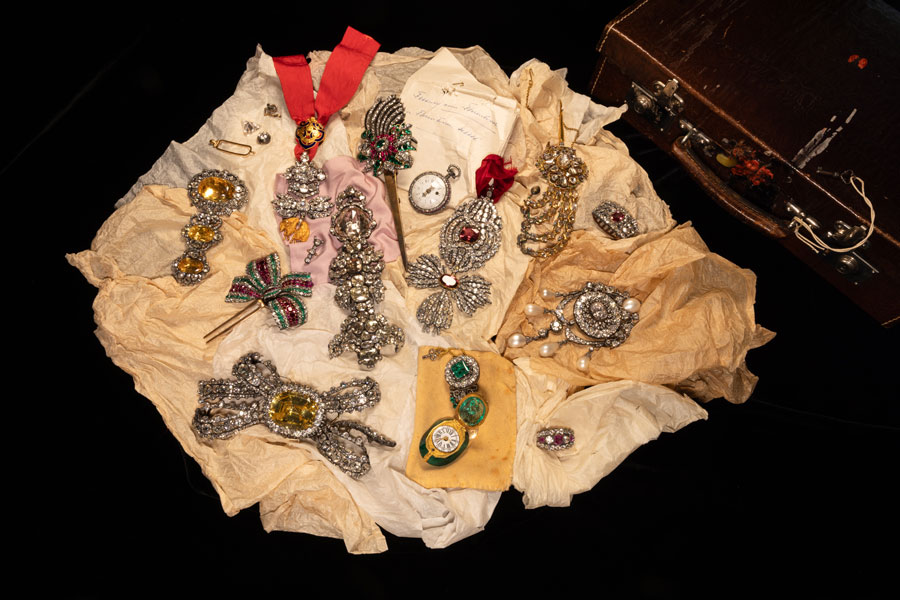
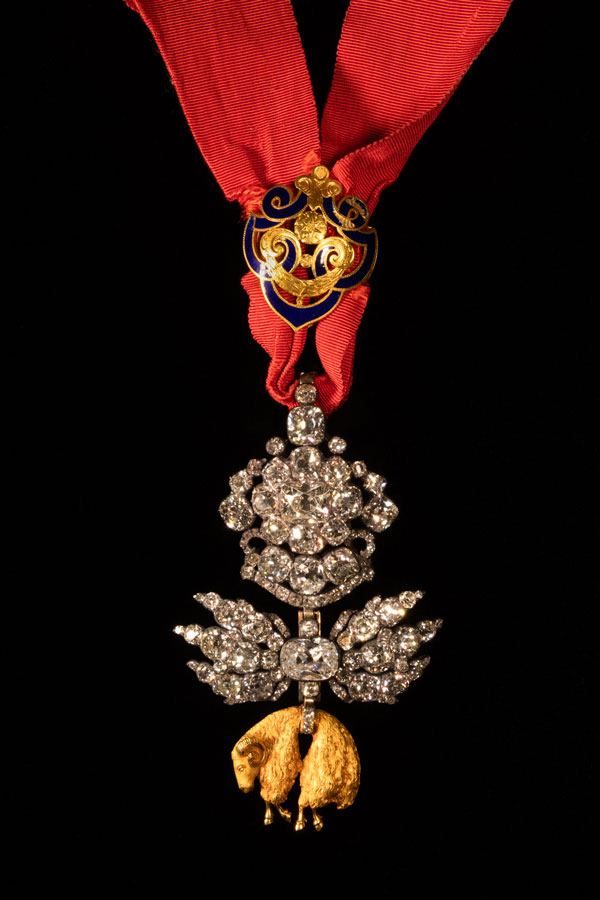
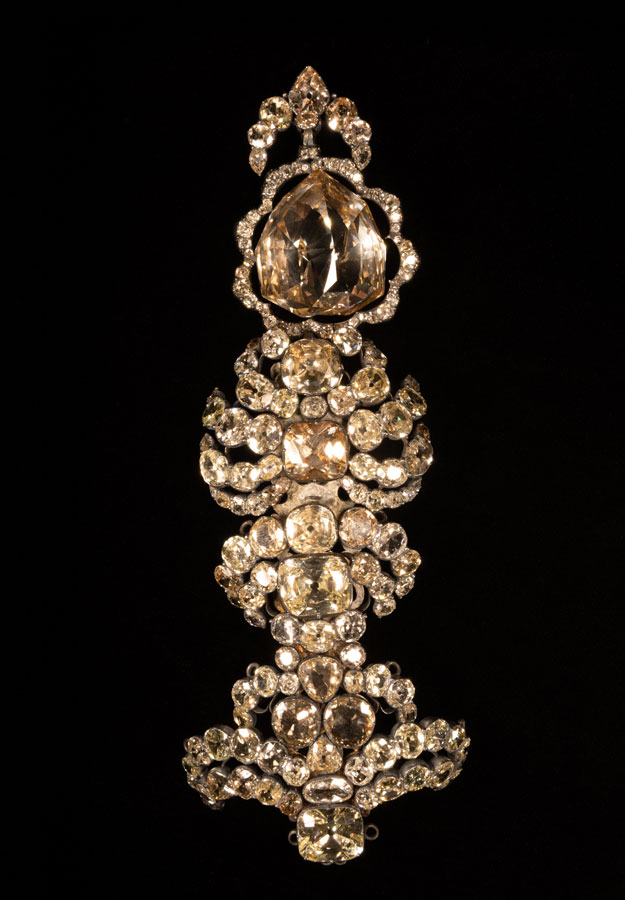

Frequently Asked Questions
What items are included in this collection?
The collection consists exclusively of private family jewelry. This includes personal items belonging to Empress Maria-Theresia, Queen Marie-Antoinette and Emperor Franz I.
By preserving the family jewelry in its condition from 1940 until today, the direct descendants of Emperor Karl I and Empress Zita have fulfilled their cultural and historical responsibility as well as their responsibility towards future generations of their family.
What is the condition of the pieces that have survived?
The items have been carefully preserved over the years and are in the condition in which they were brought to Canada in 1940 after the family escaped through Europe. An independent expert has reviewed and certified the authenticity of all of the jewelry.
What can be said about the exact origin and historical journey of the items?
Unfortunately, the history of the items has not been well-documented. So the family is unable to provide definite answers to the rumors and legends that surround these objects – both those that have survived and those that have been lost. This is a task that the family must leave to historians and future generations.
The following can be said with certainty: The current collection comprises culturally and historically significant pieces of the private family jewelry of Emperor Karl I and Empress Zita. As the current generation of the family was told by their ancestors, Empress Zita and her children carried these items with them to Canada and saved them during their escape from the Nazis shortly before their home in exile in Belgium was bombed by the German Luftwaffe in May 1940.
Why were the items kept hidden for so long?
For security reasons, and in light of her family’s experience with persecution and exile, the emperor´s widow instructed her descendants to keep the existence of the items in the collection private for at least 100 years following Emperor Karl´s death in 1922. With the passing of this milestone, the direct descendants of Emperor Karl I and Empress Zita are now honoring her wishes and fulfilling their responsibility.
When and where will the items be exhibited?
The family is committed to making the collection visible and accessible to the world public in Canada as soon as possible. The family has plans to display the property in Canada in appreciation for the country and its people, who provided a safe haven for the family for the last 80 years, protecting them from extremely challenging circumstances. A public exhibition in this country will make them accessible to the world and also strengthen the close ties between Canada and Europe.
Why were the items transferred to a trust and this form of ownership chosen?
Under the law of the Province of Quebec, a Canadian trust is the current owner of the objects. The direct descendants of Emperor Karl I and Empress Zita are beneficiaries of this trust. The objects have been transferred to a Canadian trust and its statutes ensure that the culturally and historically significant family legacy will be kept together in their entirety and remain in Canada for the long term.
Legal owner of the items is a Canadian trust. What makes today's descendants the rightful beneficiaries of this trust?
The direct descendants of Emperor Karl I and Empress Zita are beneficiaries of this trust, the former owners of the objects. The objects have always been private property of the imperial family since they were placed in a family fund by Empress Maria Theresa in 1765 and remain so to this day. This was also the view of the then Procurator Fiscal in Austria in 1921, who declared all the objects that are now in the Canadian trust to be “separate private property” of the House of Habsburg-Lorraine. This was later confirmed by the then Director of the Treasury of the Kunsthistorisches Museum in Vienna to the Austrian Broadcasting Corporation (ORF) in 2001.
The objects were not and are not subject to the expropriation of the family’s assets ordered by the Habsburg Laws, as all the objects were clearly located in Switzerland at the time the Habsburg Laws came into effect. Due to the principle of territoriality, as codified in §5 of the Habsburg Laws, expropriation laws are only effective within the country’s borders and do not extend to property located outside its jurisdiction.
This was also the view of Switzerland at the time, which rejected claims made by the Austrian state to take possession of objects on Swiss territory. The corresponding report from 1921 to the Swiss Foreign Ministry can be found in the Swiss Federal Archives.
In the course of the expropriation of the family under the Habsburg Laws, the Republic of Austria had considered making a claim to the private property stored in Switzerland in the period 1920-1921. At the time, the Austrian government refrained from filing a claim because it knew it would be unsuccessful.
Historical background: From Vienna to Quebec
An itinerary of the imperial family of Habsburg-Lorraine and its private jewellery (“Privatschmuck”)
By Richard Bassett
The House of Habsburg-Lorraine was created in 1736 through the marriage of Archduchess Maria Theresa of Austria to the Duke of Lorraine, Francis-Stephen. This line provided all the Holy Roman Emperors from 1745 to 1806 and the emperors of Austria from 1804 to 1918. The items of jewellery discussed here have historically been a part of the private property of the imperial family.
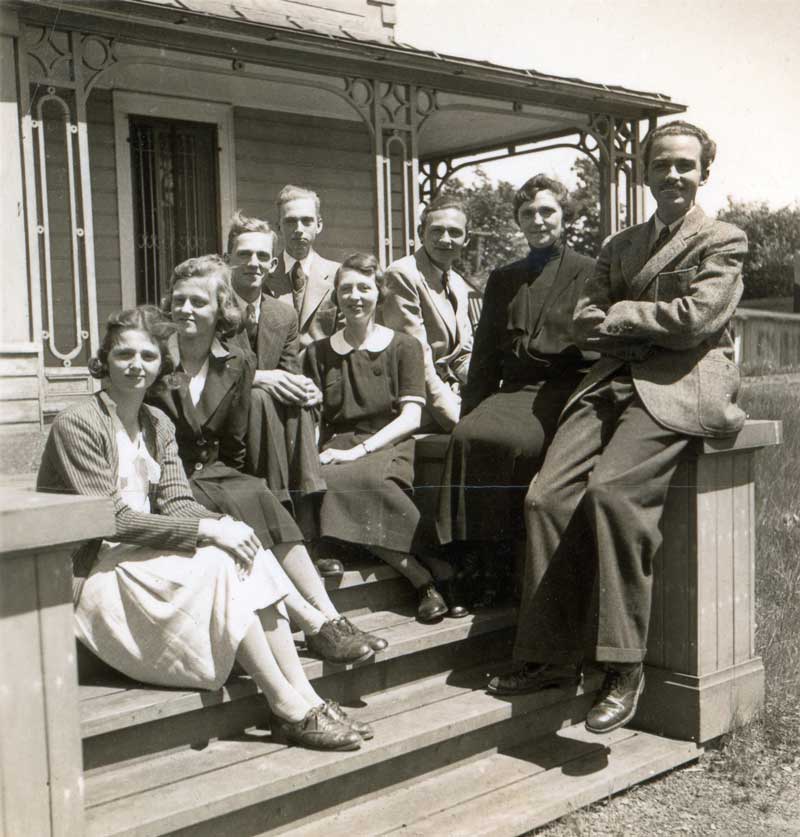
Timeline: Key Events in the History of the Habsburg Family Jewels
A brief overview of how important parts of the Habsburg family jewels came to Canada and have been preserved there to this day.

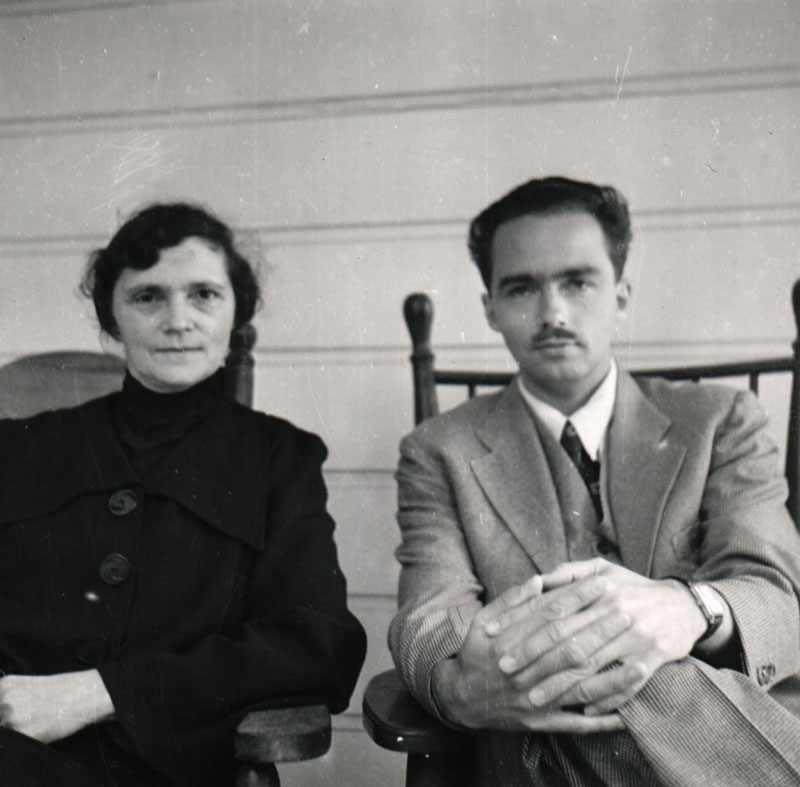

October 16, 1765:
Empress Maria Theresa transfers the family jewels to a family fund, with the consent of her son, Emperor Joseph II, establishing them as private property of the imperial family.
November 3, 1918:
The armistice of Villa Giusti marks the end of World War I for Austria, leading to revolutionary unrest.
First week of November, 1918:
The family jewels are relocated to Switzerland by an authorized representative of Emperor Karl I, the still reigning emperor at the time. The crown jewels remain untouched and are still on display in Vienna today.
November 12, 1918:
The Republic of German-Austria is proclaimed.
March 24, 1919:
The last Austrian Emperor’s family goes into exile in Switzerland, leaving behind their material belongings.
April 3, 1919:
The “Habsburg Laws” take effect in the Republic of Austria, providing for the seizure of Habsburg-Lothringen assets within the territory of the Republic of Austria without any compensation.
April 1, 1922:
Emperor Karl I dies in exile in Madeira, Portugal.
March 12, 1938:
Following orders from Adolf Hitler, German Wehrmacht troops enter Austria without resistance, leading to its incorporation into the German Reich (“Anschluss”).
September 1, 1939:
World War II begins.
May 10, 1940:
German Wehrmacht troops invade Belgium, prompting the family to escape to France, shortly before their home in exile in Belgium was bombed by the German Luftwaffe. The family managed to flee, first via France to Portugal, and eventually to Canada with help from the Americans, where they continued to advocate for Austrian independence and Central Europe liberation.
1940 – present:
In the course of their escape, the family brings significant parts of the culturally and historically important family jewelry to Canada. There they survived the turmoil of the Second World War and the upheavals of the post-war period and found a new home.
November 6, 2025:
With the announcement of their preservation, the important pieces of Habsburg family jewelry in Canada return to the light of day. The property will be publicly displayed in Canada in appreciation for the country and its people, which provided the family with protection and legal security for the objects under extremely challenging circumstances.